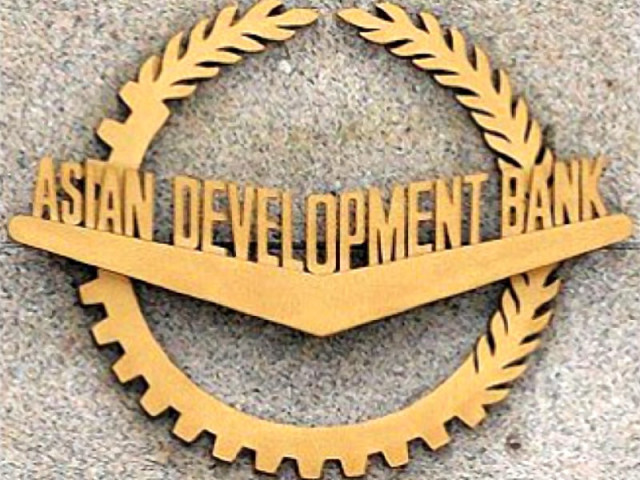ADB sees economic recovery in Pakistan
In the previous ADO Updated Outlook report of September, ADB had said Pakistan’s economy may grow at a pace of 2%

The Asian Development Bank has said that Pakistan’s economy was on the path of recovery but shied away from giving a growth projection.
Some official estimates suggested 2.8% growth rate during the current fiscal year.
“Pakistan’s economy is recovering, particularly in the manufacturing and construction sectors, supported by the government emergency relief,” stated the ADB in its brief Asian Development Outlook Supplement report released on Thursday.
In the previous ADO Updated Outlook report of September, the ADB had said that Pakistan’s economy may grow at a pace of 2% in the current fiscal year, which was the 5th lowest pace among South Asian countries.
However, the ADB in its latest report did not mention the growth number for Pakistan - the second largest economy in South Asia after India.
The ADB has projected that the pace of contraction of India’s economy will slow down to 8% this year and in next year India will have a 8% economic growth rate.
The recent developments in the industrial and agriculture sectors have given a ray of hope that the economic growth rate may remain in the range of 2.6% to 2.8% in this fiscal year - better than the official target of 2.1%.
Based on output numbers of the agriculture and industrial sectors, an internal working of the Ministry of Finance suggested that the country may achieve 2.6% to 2.8% economic growth this fiscal year, according to the sources.
The working by Pakistani authorities indicated that the agriculture sector that was targeted to grow by 2.8% may achieve 3% growth rate due to better output in sugarcane, maize, rice and wheat crops.
The cotton crop has failed this year and the estimated production is now 8.2 million bales as against the target of 10.9 million bales.
The industrial sector that was earlier projected to grow by only 0.1% by the government may grow at a rate of 2.1% due to an expected growth rate of 1.4% in the large scale manufacturing sector.
The government’s internal working also suggested that the services sector may grow by 3%; however, the second wave of the coronavirus was the downside risk to the new estimates.
The ADB said that since the Asian Development Outlook 2020 Update, COVID-19 has continued to spread. The United States is currently suffering its third wave with an average of more than 160,000 new cases daily at the end of November.
Europe is on its second wave, with new cases in the euro area exceeding 75,000 daily. Developing Asia has about 70,000 new cases daily, more than two-thirds of them in South Asia and almost all of the rest evenly divided between Central and Southeast Asia.
In its report in September this year, the ADB had said its forecast of 2% GDP growth for Pakistan assumed that Covid-19 impact would subside by the end of 2020 and the resumption of structural reform under an ongoing International Monetary Fund (IMF)’s Extended Fund Facility to address macroeconomic imbalances.
Pakistan is currently passing through the second wave and positivity rate of virus among the tested persons has been inching up.
The ADB said in its supplementary report that the inflation projection for South Asia in 2020 was raised from 5.2% in September to 6.2%, largely to accommodate a 2020 inflation projection for India revised up from 4.5% in the Update to 5.8%.
In India, supply chain disruption brought food inflation to an average of 9.1% in the first 7 months of FY2020, pushing headline inflation to 6.9% in the same period. Indian inflation is expected to ease in the coming months, and the 4% update projection for FY2021 is maintained, said the ADB.
The ADB also did not mention inflation number for Pakistan in its latest report, although in September it had said that inflation was projected to slow to 7.5% this fiscal year.
The regional lender said that developing Asia is now forecast to contract by 0.4% in 2020, less than the 0.7% contraction envisaged in the Asian Development Outlook 2020 Update in September. Growth will rebound to 6.8% in 2021, but prospects diverge within the region, it added.
Despite the persistent spread of COVID-19, most economies have continued to relax containment measures, having deemed strict lockdowns to be economically unsustainable, according to the ADB. it said that domestic mobility remains below normal—by about 10% in South Asia and 20% in Central and Southeast Asia.
A prolonged pandemic is still the main risk to the outlook, as it can derail recovery and undermine stability in some economies.


















COMMENTS
Comments are moderated and generally will be posted if they are on-topic and not abusive.
For more information, please see our Comments FAQ